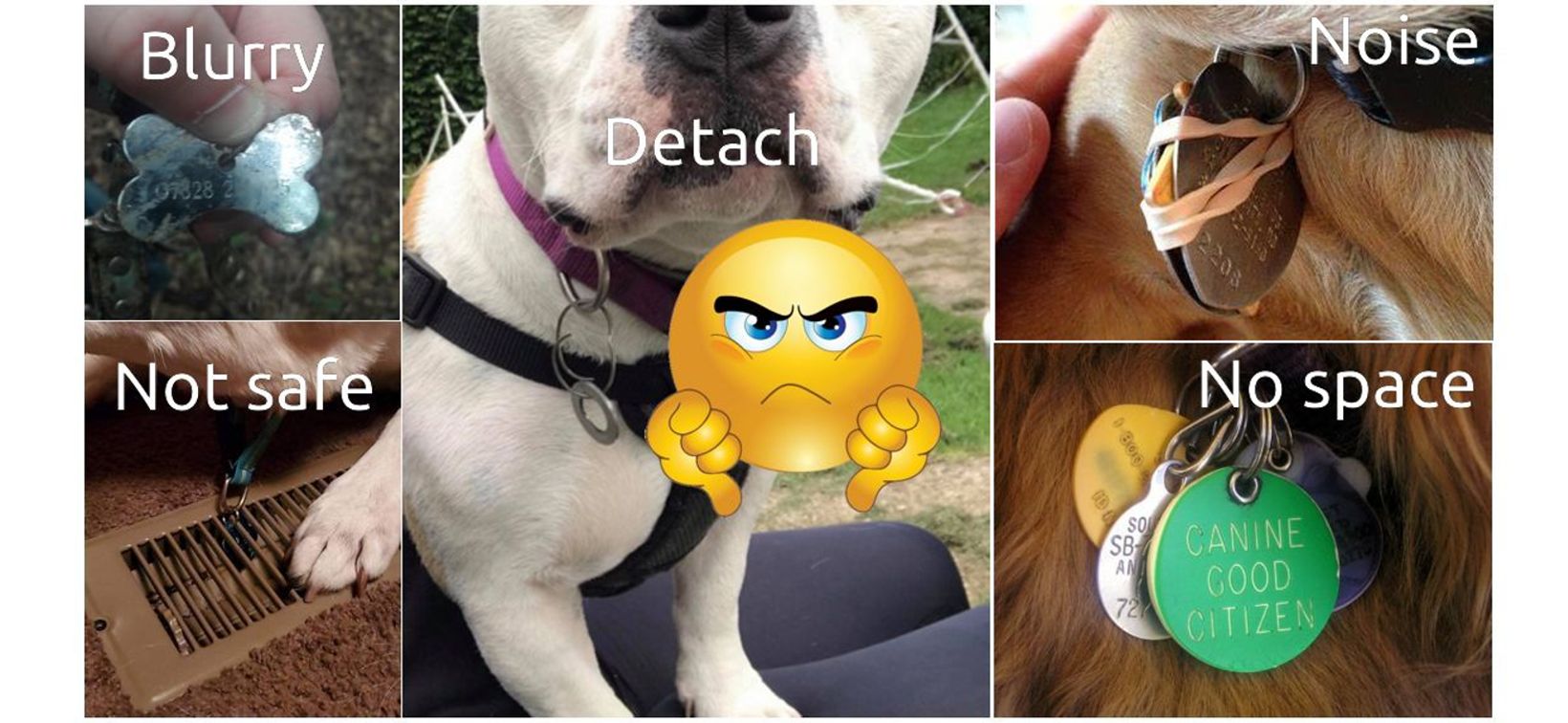
Why use Pet iD tag and How to choose the right Tag?
It happens to all of us. No matter how much caution we practice or how secure we think our yard enclosures are—at some point, our dogs will attempt a getaway. And sooner or later, they’ll succeed.
Luckily, technology has improved our odds of finding a lost pets with things like microchipping, social media, and yes—even dog-finding apps. Still, the United Kingdom Pets Association reports that five dogs and eight cats go missing every day.
Don’t let this happen to you.
Avoid the heartbreak by hooking your pet up with a proper, personalized ID tag. Your sanity will thank you later.
Why is my pet’s ID tag so important?
Unfortunately, there’s a good chance your pet will run away at least once during his lifetime. And even though technology has increased our odds of reunion, outfitting your pets with an ID tag is the easiest and cheapest way to prevent him from getting permanently lost.
Even with technology, it’s not possible to prevent thieves. GPS, Bluetooth beacon or microchip will be removed instant
Microchipping your pets is certainly mandatory, and In the UK, the Control of Dogs Order 1992 No. 901 states that any dog in a public place must wear a collar with the name and address (including postcode) of the owner written on it, or engraved on a tag. Your telephone number is optional. You can be fined up to £5,000 if your dog does not wear an identification tag.
In order to access the chip, your pet would need to be brought to a vet clinic or a shelter, and—let’s face it—some people just won’t bother with the hassle and at some time to book an appointment for a pet scan can take days. A good old-fashioned ID tag is a faster and more convenient way for people to contact you.
Even if your pet isn’t a habitual drifter, you need to be prepared for things like natural disasters or accidents that could separate you from your dog. If he has tags, he’s more likely to be returned to you. It’s that simple.
Wearing identification will also make your pet more approachable to strangers. It indicates your pet is not a roaming stray, which may spur someone to take protective action.
What to put on your pets’s ID tag?
So, your pet needs an ID tag. Got it. But—what do you put on it? Tags have limited space, of course, so you need to choose the right info carefully. Consider the following:
1. Your Pet’s Name—Kind of a no-brainer.
2. Your Phone Number—Include a number you’re likely to answer. You might want to add a friend or neighbour’s number as well to boost your chance of being reunited.
3. Your City— If room allows, include your entire address.
4. Medical Needs— If applicable, adding the phrase “Needs Meds” can add a sense of urgency.
5. Microchip Information—It’s not a bad idea to include a line that states your pet is microchipped.

6. A Personal Message—Something personal can be a nice touch. “I’m friendly” or “Please call my mom” or “If I’m alone, I’m lost” are all good options.
7. A Reward—If you can swing it, offering a reward could encourage someone to return your dog.
Of course, you won’t be able to include all of these items in the few lines you have to work with. Take what’s applicable to your situation and customize your pet’s tag to make it work for you.
OR
Fit all this information with SNQiT (smart iD tag) read more…

Pros & Cons
| Feature | SNQiT | Engraved Tag |
|---|---|---|
| Type of Identification | Digital | Physical |
| Ease of Scanning | High (NFC; QR code) | Low (manual reading) |
| Compatibility with Phones | High (NFC; QR code scanning) | Low (manual input) |
| Information Stored | High (Unlimited cloud-based storage) | Low (limited by physical space) |
| Ease of Updating Information | High (cloud-based updates) | Low (requires physical replacement) |
| Durability | High (weather/wear-resistant materials) | Any damage done to the tag could result in unreadable information |
| Cost | Moderate | Inexpensive |

